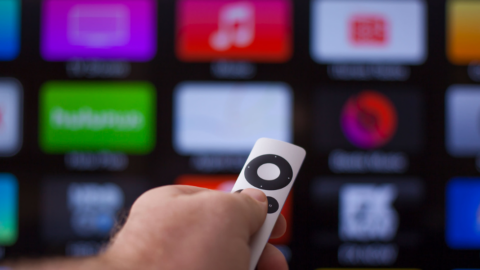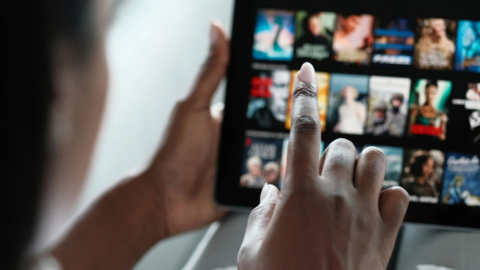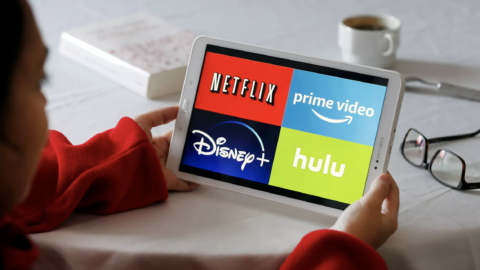Product placement has evolved far beyond its early days. Today, it extends beyond films to include streaming TV, linear TV, music videos, and even digital content. Brands and productions collaborate to integrate products in a way that enhances storytelling while also providing financial benefits.
But why is product placement so important?
The simple answer is that it drives revenue—but it’s also about authenticity. The products characters use, from their cars to their drinks, add depth to storytelling. Prop masters and set designers seek real-world products to make scenes more believable, whether placements are paid, in-kind, or otherwise arranged. When executed correctly, product placement enhances content rather than detracting from it.
For independent filmmakers, product placement can provide crucial funding. For major studios, it helps offset production costs and often includes brand partnerships or product tie-ins. For music artists, strategic product placement not only covers costs but also fosters a mutual brand halo effect, boosting both the artist and the featured brand.
No matter the format, movie product placement is an umbrella term encompassing various types of brand integration. Let’s break down the most common terms and approaches brands and productions should understand.
PRODUCT INTEGRATION
A product integration is a brand placement supported by financial investment, often called a “fee deal.” These placements involve direct collaboration between the brand and production team to ensure a product is featured in a meaningful way.
Unlike traditional product placement, product integrations often include scripted moments where a product plays a role in the storyline. These deals include deliverables, or guarantees, to ensure the product is used in accordance with brand guidelines. In essence, product integration is a more structured, paid form of product placement.
IN-KIND/TRADE-OUT
These terms describe traditional product placement arrangements where brands provide products to productions without monetary compensation. Instead, brands offer products in exchange for the chance to be featured on screen.
For productions, in-kind placements help offset the costs of renting, purchasing, or creating props. However, these agreements do not guarantee that the product will make the final cut. Since no financial incentive is involved, these deals typically lack deliverables or contractual placement requirements.
“PROMOTIONAL MATERIAL”
Promotional material, or “promo,” refers to products that brands send to productions with the hope of placement but no formal agreement. This differs from in-kind deals because there is no pre-established partnership.
While some productions accept free products, many studios enforce strict regulations requiring product clearance before use. As a result, brands and production teams now favor structured in-kind or trade-out agreements over informal promo arrangements.
Why Product Placement Matters
Product placement benefits both brands and productions.
For productions: Product placement and integrations help offset costs and add realism to storytelling.
For brands: Strategic placements increase visibility, enhance credibility, and strengthen audience connections.
The evolving relationship between brands and content creators has led to the refinement of product placement strategies. While new terms may emerge, the core goal remains the same: seamlessly integrating brands into content to create authentic, engaging experiences.





